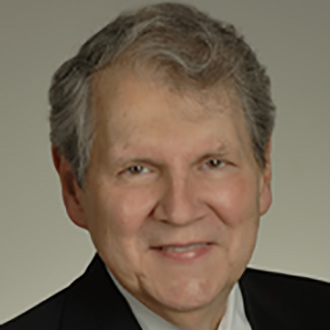
Dear Colleagues:
I am writing to update you about the new NIH Common Fund program to discover how physical activity helps people live longer and be healthier. Earlier this month, NIH formed the Molecular Transducers of Physical Activity Consortium (MoTrPAC) by issuing 19 awards to basic, translational, and clinical researchers around the country.
Over the next six years, MoTrPAC investigators will map the molecules involved in human physical activity. Decades of research have demonstrated that conversations occur among organs during and after exercise. Our new goal is to record the changes and movement of these molecules, which provide the "voice" in that conversation, and interpret their "language."
Specifically, the scientists will work as a team to identify many of the proteins, nucleic acids, lipids, hormones, and other signals that transmit the health effects of physical activity. They also will determine how variables such as age, sex, body composition, fitness level, and regular exercise alter these molecular messengers. All data will be stored in a user-friendly resource that any researcher can access. This will allow investigators from around the world to study the full complement of signals affected by exercise.
NIAMS is excited to be one of the Institutes leading this program, as it is central to many of our key mission areas. In addition to directly affecting the musculoskeletal system, movement causes bones and muscles to release molecules that affect how other organs and tissues function. Researchers are just beginning to identify these molecules, as well as others that seem to signal back to our bones, muscles, and joints.
We expect MoTrPAC to be particularly useful to scientists who are interested in developing hypotheses regarding the mechanisms by which physical activity promotes or preserves healthy musculoskeletal tissues and reduces chronic joint pain due to conditions such as arthritis. A clearer understanding of the link between movement and musculoskeletal health could uncover molecular and cellular targets for disease prevention/treatment. Ultimately, it could help define personalized physical activity recommendations for people at various life stages or with specific health needs. We encourage NIAMS-funded investigators to continue to monitor this program and to reflect on ways that MoTrPAC can contribute to their research.
Stephen I. Katz, M.D., Ph.D.
Director
National Institute of Arthritis and Musculoskeletal and Skin Diseases
National Institutes of Health
